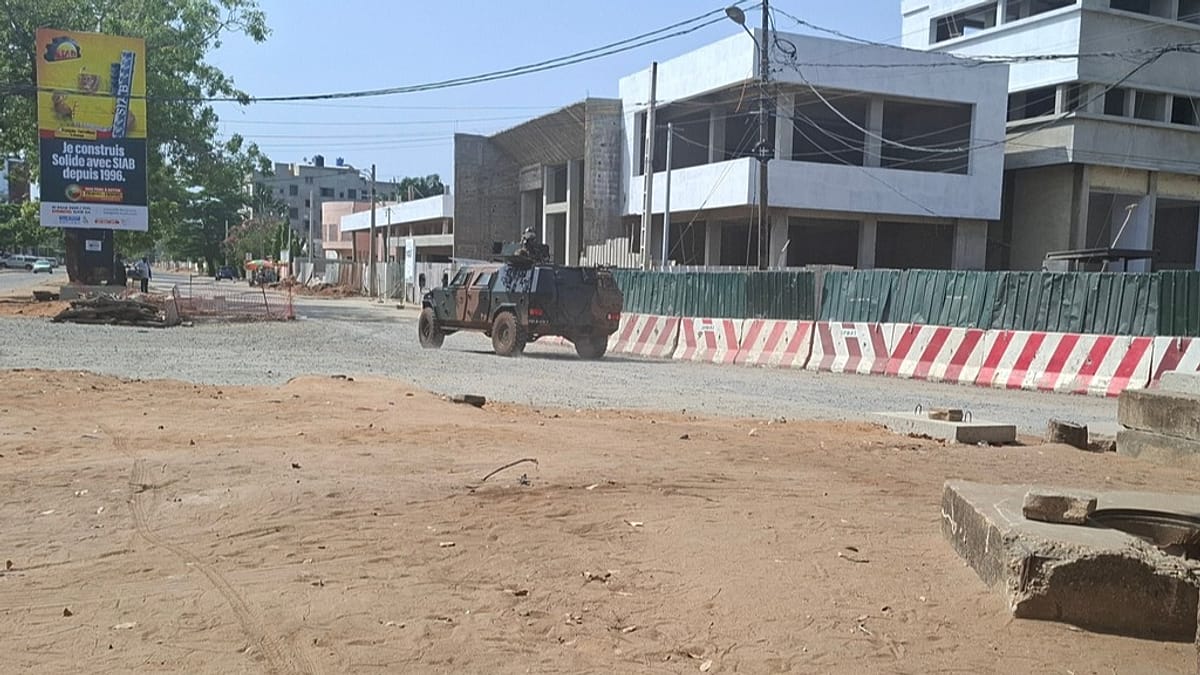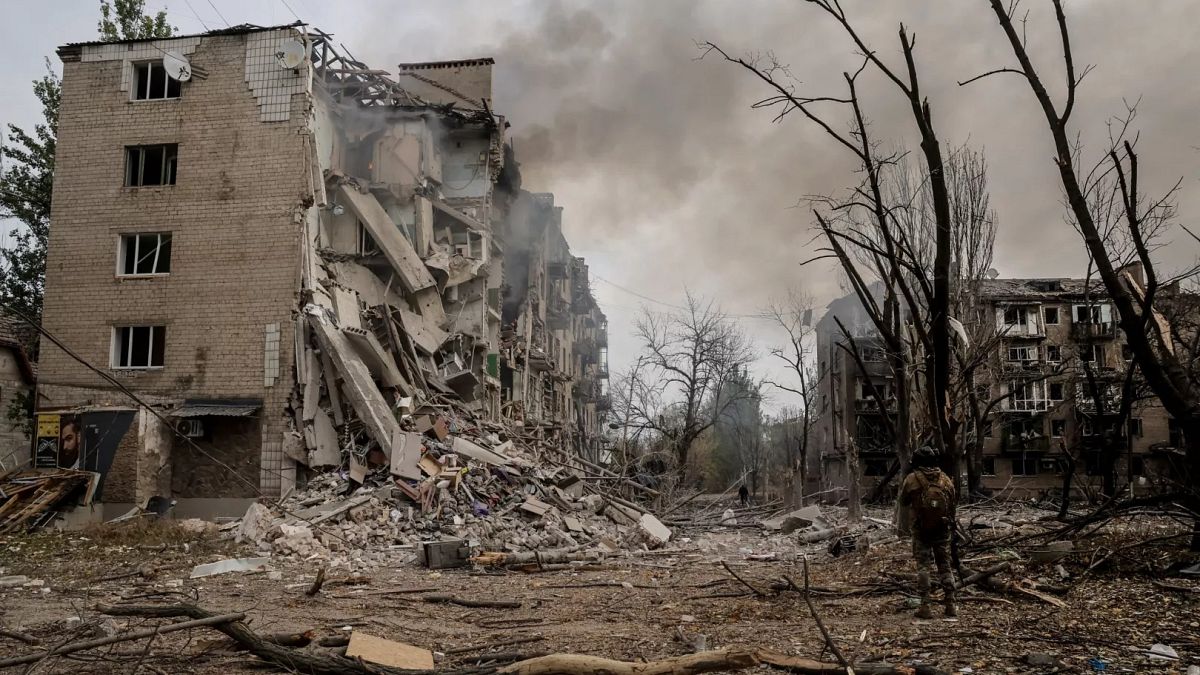The Parts That Keep Mining Operations Alive and Profitable

In mining, downtime equals disaster. A haul truck sitting idle costs thousands per hour in lost production. A drill rig down for maintenance affects the entire operation’s schedule and profitability. Equipment failures in remote mining locations create cascading problems because replacement and repair take time. Getting parts to remote sites requires planning that most industries never need to consider. That logistical complexity exists because mining operations can’t afford the luxury of running to a local supplier for emergency parts.
Reliable replacement parts represent the difference between profit and shutdown. They keep massive equipment running consistently so operations meet production targets. They prevent unexpected failures that create dangerous conditions and safety risks. They ensure that when maintenance is planned, the right parts arrive exactly when needed. That reliability infrastructure is what separates successful mining operations from ones that struggle with constant equipment problems.
Understanding mining replacement parts means recognizing the precision logistics and quality standards that keep operations running. It’s not just about having parts available, it’s about having the right parts functioning perfectly in extreme conditions. That complexity requires specialized suppliers who understand mining environments and demands specifically. That’s what makes mining replacement parts genuinely critical infrastructure for the industry.
Why Reliability Is Everything
Twenty-four seven demands on heavy machinery mean equipment runs continuously in ways most industrial equipment never experiences. A haul truck runs hour after hour, day after day, through abrasive terrain and extreme conditions. Drills operate through rock formations that stress equipment constantly. That continuous operation creates wear rates that standard industrial equipment never encounters. Replacement parts must withstand that intensity or failures happen quickly and expensively.
Cost per minute of equipment failure creates urgency that makes reliability non-negotiable. A mining operation losing production capacity loses tens of thousands of dollars every hour equipment sits idle. Emergency repairs become necessary rather than optional because downtime costs dwarf repair costs. That financial pressure means mining operations invest heavily in preventing failures through quality parts and preventive maintenance. A replacement part that costs five thousand dollars saves the operation from losing five hundred thousand dollars in downtime costs.
Safety implications of equipment failures in remote mining locations create additional pressure for reliability. Failures that might create inconvenience in urban locations can create life-threatening situations in remote mines. Getting emergency services to remote sites takes hours. Equipment failures might trap workers or create dangerous conditions. That safety dimension adds urgency to reliability requirements beyond just financial considerations.
The Hidden Chain of Supply
How global sourcing and logistics sync represents complex orchestration that most people never see. Mining companies operate in remote locations across continents. Parts sourcing happens globally because specialized mining equipment parts come from manufacturers worldwide. Coordinating that global supply to ensure parts arrive at specific remote sites at specific times requires sophisticated planning. Supply chains that sync properly prevent emergencies. Supply chains that don’t create disasters.
Transportation to remote sites involves logistics challenges that standard supply chains don’t face. Some mining operations sit hundreds of miles from paved roads. Parts must travel by truck, plane, and helicopter depending on location. That transportation complexity means delivery times stretch beyond standard supply chain expectations. Planning must account for weather delays, transportation logistics, and the physical distance that separates remote mines from supply centers. Suppliers who understand these complexities build them into planning rather than treating remote delivery as standard logistics.
Inventory positioning at mining sites ensures critical parts remain available without maintaining excessive stock. Strategic parts warehousing at major mine sites balances availability against storage costs. Sophisticated demand forecasting predicts what parts will likely be needed based on equipment age, usage patterns, and maintenance history. That forecasting prevents situations where critical parts become unavailable exactly when needed. Inventory management that works well requires deep understanding of actual mining operations and their specific needs.
Quality Control in Extreme Conditions
Temperature extremes in mining environments range from arctic cold to desert heat. Parts that function perfectly in controlled factories sometimes fail in these temperature ranges. Quality control testing includes thermal cycling that simulates those extremes. Parts get tested through multiple temperature cycles to ensure they maintain specifications regardless of environmental conditions. That testing prevents surprises after parts are installed and in use.
Impact and pressure testing simulates the actual conditions mining equipment experiences. Parts that withstand vibration, shock, and mechanical stress in laboratory testing are more reliable in actual mining environments. Testing reveals weaknesses that theoretical analysis might miss. Real-world conditions often exceed theoretical specifications in ways that only testing reveals. That commitment to rigorous testing separates quality mining parts from inferior alternatives that fail prematurely under actual conditions.
Quality documentation and traceability ensure that parts meet specifications and can be tracked if problems emerge. Every part includes documentation about its production, testing, and specifications. That traceability allows investigation if premature failures occur. It also ensures that replacement parts maintain consistency and quality standards across production batches. Manufacturing integrity maintained through rigorous documentation creates confidence in part reliability.
Predictive Maintenance Is the Future
Sensors embedded in mining equipment continuously monitor performance and identify degradation patterns. Modern equipment includes accelerometers, temperature sensors, and pressure monitors that send data to analysis systems. That data reveals when components are approaching failure before catastrophic breakdown occurs. Predictive maintenance allows scheduling repairs during planned maintenance windows instead of responding to unexpected failures that create emergency situations.
AI forecasting analyzes sensor data to predict wear patterns and anticipate replacement part needs. Machine learning algorithms identify patterns that human observers might miss. They correlate multiple sensor inputs to forecast component lifespan more accurately than traditional maintenance schedules. That accuracy means parts get replaced exactly when needed, not earlier than necessary and not later than safe. Optimization of maintenance timing reduces unnecessary part replacement while preventing premature failures.
Integration of predictive maintenance with parts supply ensures replacements arrive before failures occur. When algorithms predict that a bearing will need replacement in two weeks, suppliers already have replacement parts ordered and in transit. That coordination transforms maintenance from reactive firefighting to planned, efficient operations. Future mining will operate increasingly on predictive maintenance principles where data drives replacement decisions rather than fixed schedules or emergency responses.
Conclusion
Resilient mining replacement parts keep production safe and steady by preventing failures and enabling predictive maintenance. The reliability built into these parts through rigorous testing and quality control translates directly to operational success. Mining operations that source quality parts from suppliers who understand mining environments outperform operations cutting corners on part quality.
Mining replacement parts represent essential infrastructure that most people never think about. Yet their reliability directly impacts mining company profitability, worker safety, and production capacity. That criticality explains why mining companies invest heavily in quality parts from trusted suppliers rather than seeking cheapest alternatives.
Choose suppliers who understand mining specifically rather than treating mining as just another industrial application. That specialization translates into parts that actually perform in extreme conditions and suppliers who anticipate needs before emergencies create urgency. That partnership approach keeps operations running profitably and safely.
The post The Parts That Keep Mining Operations Alive and Profitable appeared first on Entrepreneurship Life.

















































